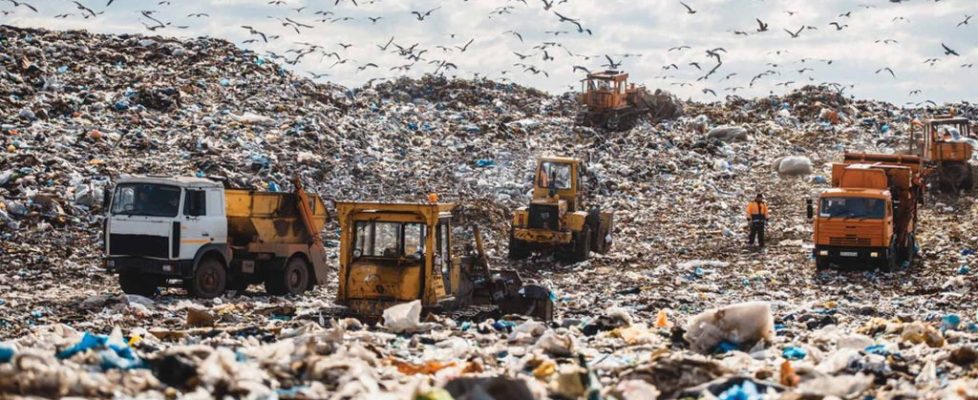Planet
Planet. Our planet. Our world. Our home. The planet is a main pillar to our lives. A main pillar that we need to maintain and sustain for future generations. Our home is covered in 92 million tonnes of waste (Moore, 2020) from fashion alone.
Becoming a more spoken of topic is the circular economy especially in terms of the environment. Circular economy is the idea of and approach to be responsible and cyclical with our method upon different resources (Moraga et al., 2019). It is the idea of repair, reuse and adapt rather than make, use, and then dispose, in the mindset of fashion, our clothes deserve a second chance (Vogue India, 2021). Giving everything an extended life with the use of sustainability. The “Ellen McArthur Foundation” looked into three principles to focus towards a more circular economy, including to regenerate nature, circulate products and materials at their maximum value, as well as eliminate waste and pollution, (Ellen Macarthur Foundation, 2023) and our society is navigating slowly and gradually to our future goals with these targets, among our SDG’s. Progressively admis the fashion industry there is an increasing number of brands becoming slow-fashion rather than fast fashion.
Sustainability in fashion is an ethical way to ensure brands are producing in first a socially acceptable way, economically valued way, and environmentally friendly way, leading back to circularity in fashion. Meeting the needs of both the current generation and the future generation (United Nations, 1997), sustainability should be maintained and gained throughout the fashion society for future generations. With held by the purchase of high demand clothing creates fast fashion brands and landfills dotted around our planet. For example, fast fashion brand “Shein” doesn’t adhere to sustainability as well as circularity due to mass production creating environmental impacts on society, as well as society with Shein contributing to child labour and inhumane working conditions which is not socially sustainable. “But sustainability is not just a matter of fact? It is fundamentally an ethical problem” (Zaccaï, 2007), that also needs to support economic growth.
The United Nations provided a list of 17 sustainable development goals to be fulfilled by 2030, some of which in relation to sustainability, such as “Responsible Consumption and Production” which in the fashion industry will push brands to full circularity commitment and sway to hopefully a more sell before being made mindset with an end of use option for products within companies to help compress mass production over time. As well as an example when first designing products, minimise waste consumption through pattern making, going back and forth designing products contributes to unnecessary waste of materials (Gwilt, 2020).
Bibliography-
Moore, D. (2020). Fast fashion produces over 92 million tonnes of waste a year, study finds. [online] Circular Online. Available at: https://www.circularonline.co.uk/news/fast-fashion-produces-over-92-million-tonnes-of-waste-a-year-study-finds/?gclid=CjwKCAjw4P6oBhBsEiwAKYVkq8ks7NjMn2Bbpcbdr5qJGhMk4Y4VM3RMWB1f2DUll250_7yK5ghj8RoC26MQAvD_BwE [Accessed 6 Oct. 2023].
Moraga, G., Huysveld, S., Mathieux, F., Blengini, G.A., Alaerts, L., Van Acker, K., de Meester, S. and Dewulf, J. (2019). Circular economy indicators: What do they measure? Resources, Conservation and Recycling, 146(1), pp.452–461. doi:https://doi.org/10.1016/j.resconrec.2019.03.045.
Vogue India. (2021). Give a second chance to your clothes as brands embrace pre-loved and vintage clothing. [online] Available at: https://www.vogue.in/magazine-story/give-a-second-chance-to-your-clothes-as-brands-embrace-pre-loved-and-vintage-clothing/ [Accessed 6 Oct. 2023].
Ellen Macarthur Foundation (2023). The circular economy in detail. [online] ellenmacarthurfoundation.org. Available at: https://ellenmacarthurfoundation.org/the-circular-economy-in-detail-deep-dive.
United Nations (2023). Sustainability. United Nations. [online] Available at: https://www.un.org/en/academic-impact/sustainability
Zaccaï, E. (2007). Sustainable Consumption, Ecology and Fair Trade. Routledge.
Gwilt, A. (2020). A Practical Guide to Sustainable Fashion. Bloomsbury Publishing.
For featured image- TOMORROW’S WORLD TODAY®. (2021). The Problems With Landfills (And What You Can Do About It). [online] Available at: https://www.tomorrowsworldtoday.com/2021/09/06/the-problems-with-landfills-and-what-you-can-do-about-it/
